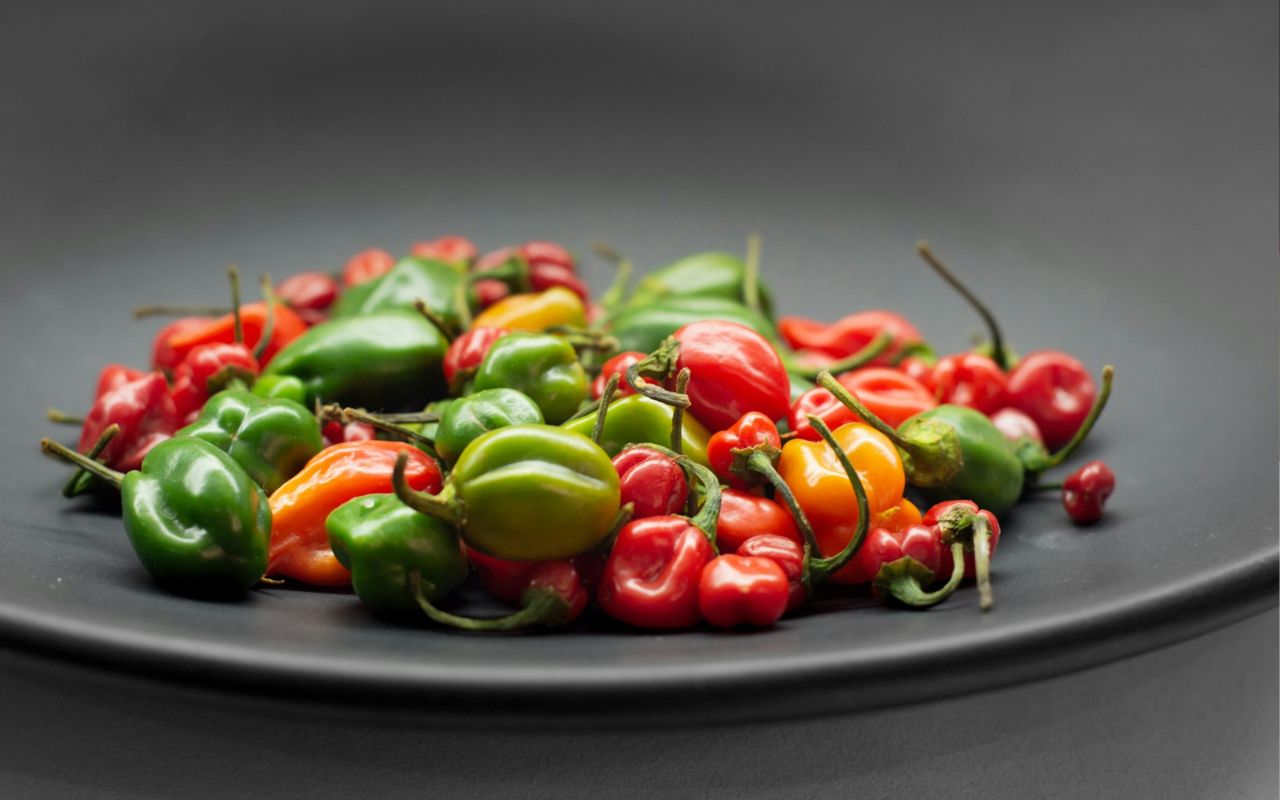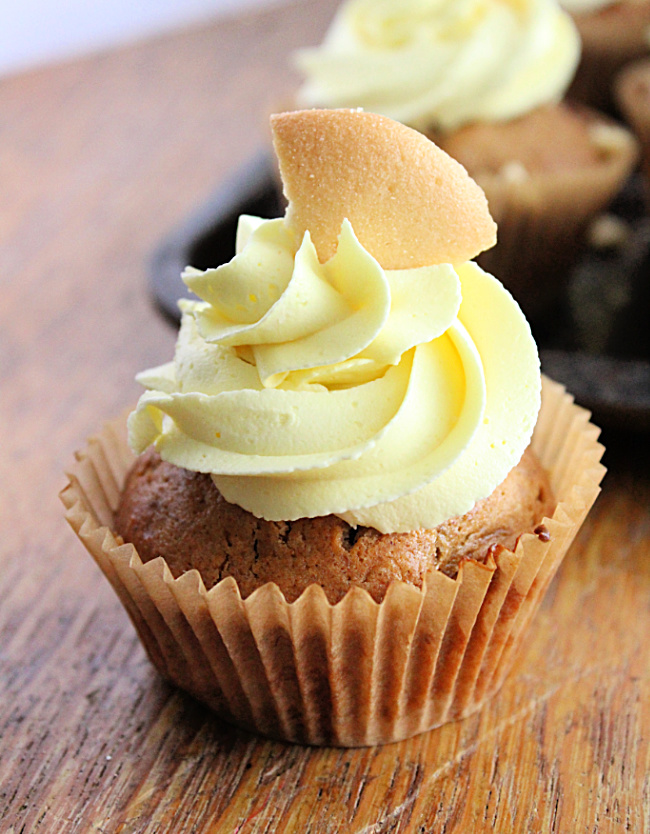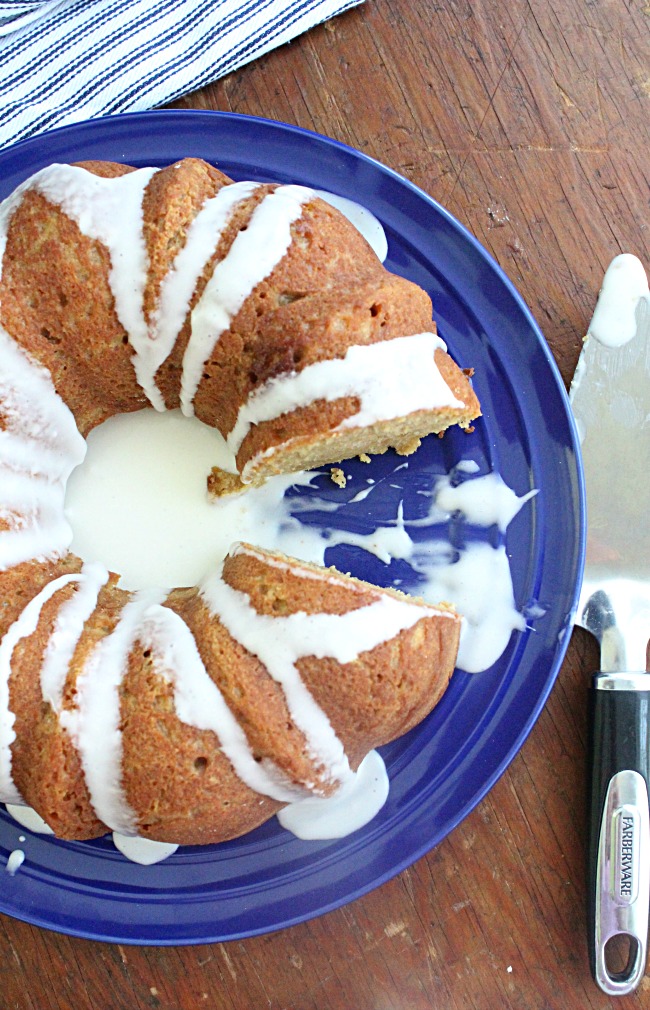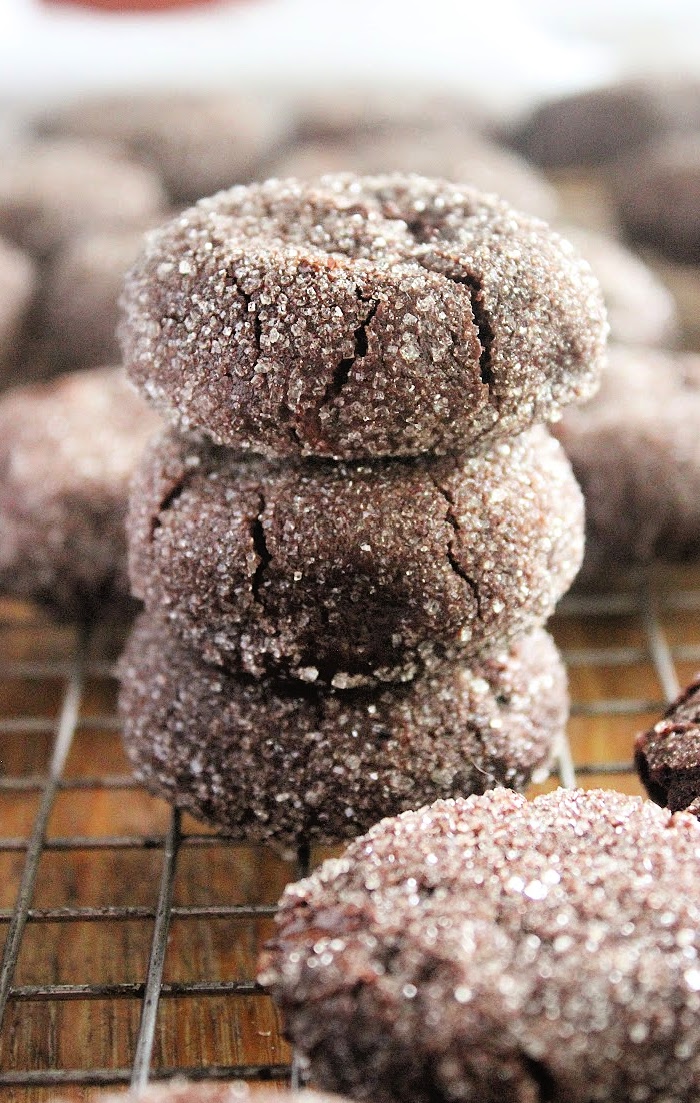9 Classic Beers Americans Rarely Order Anymore
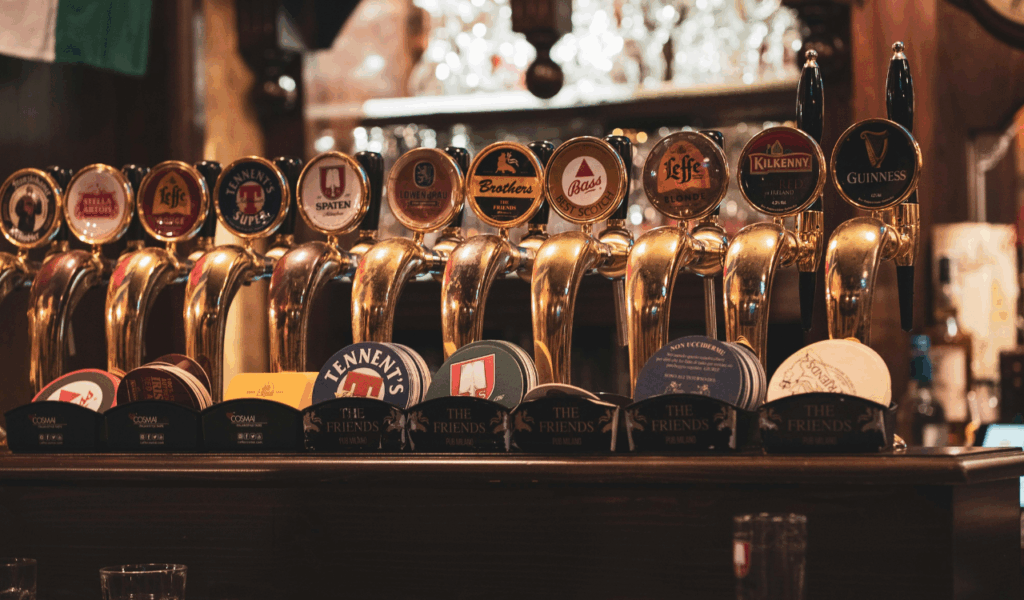
Asking a modern beer drinker to name a truly “classic” American beer from decades ago will likely yield names that seem like relics-once widely available, now all but forgotten. This article will review nine traditional beers that Americans no longer frequently order, examining their history, flavors, reasons for decline, and what, if anything, remains popular today. This nostalgic journey explores the history of beer and what has been left behind, ranging from mass-market lagers to malt liquors and local legends.
1. Falstaff
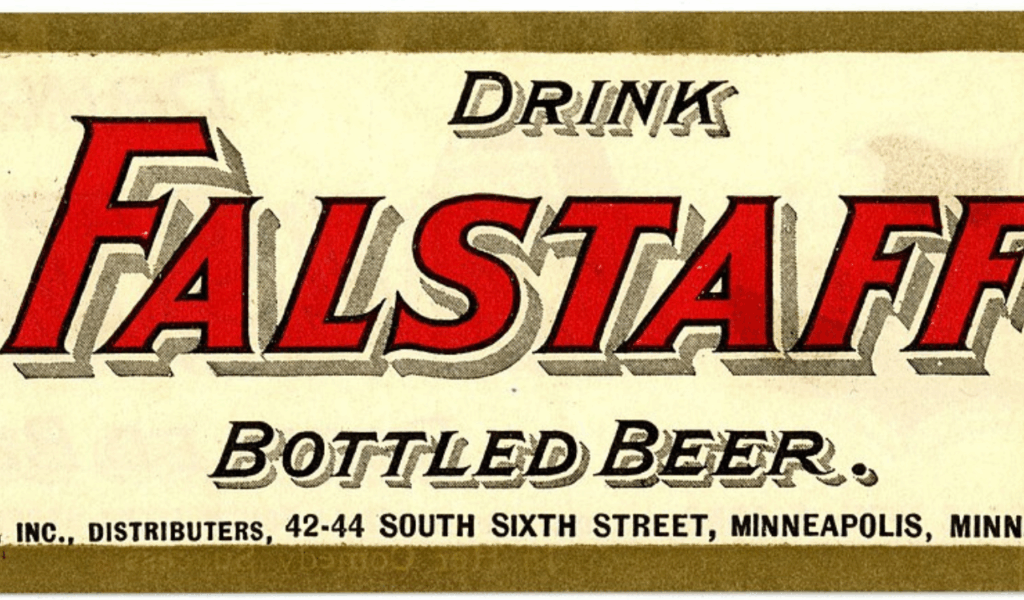
A significant figure in American beer history, Falstaff was particularly well-liked in the Midwest. Known for its clean flavor and wide appeal, it was one of the best-selling domestic beers for a large portion of the 20th century. Falstaff’s market presence was gradually reduced by industry consolidation, changing consumer preferences, and competition from bigger conglomerates. Sales of the brand fell precipitously by the late 1970s and early 1980s, to the point where production virtually stopped. You won’t often find it on a taplist or in modern beer stores, but you can still find bottles or memorabilia in collector circles or in the archives of breweries.
2. Schmidt Beer
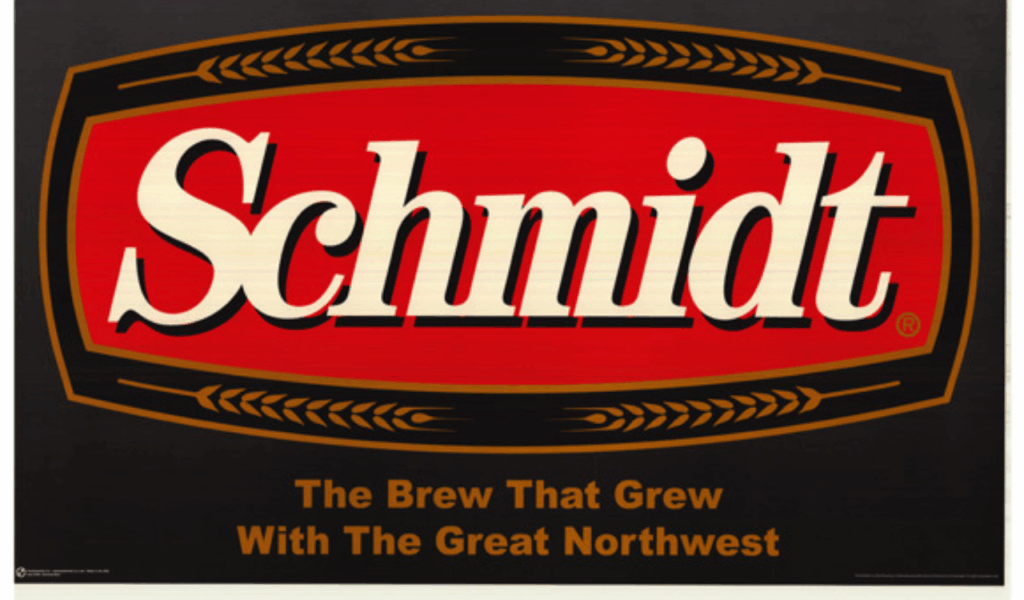
Starting in the 1930s and eventually stopping production in the early 2000s, Schmidt Beer was a regional favorite, particularly in the Midwest. It was a mainstay in many refrigerator displays because of its striking can artwork that featured scenes of wildlife and the natural world. Schmidt, however, was unable to keep up with economies of scale or quickly adjust as craft beer and national brands gained traction. Schmidt isn’t poured in bars anymore; when someone brings it up, it’s usually in a nostalgic way.
3. Ballantine IPA
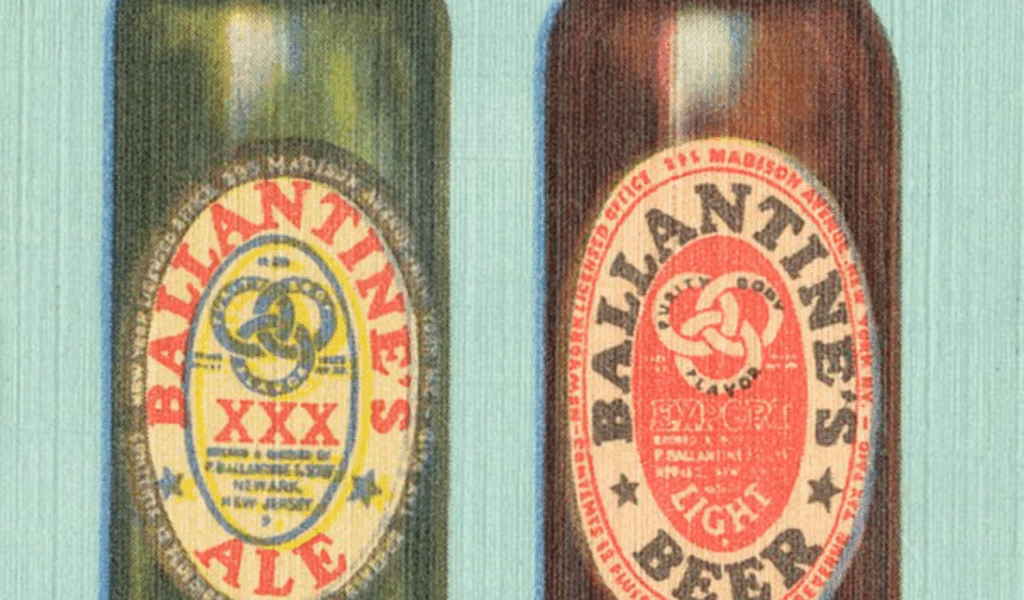
At a time when hop-forward IPAs were not yet popular, Ballantine IPA was a legendary IPA in early American brewing. It was popular for several decades. But as time went on, Ballantine lost ground to more contemporary IPAs with stronger bitterness, shifting distribution patterns, and changes in brand ownership. Nowadays, vintage beer collectors and beer historians are more likely to remember it than regular beer drinkers.
4. Miller Chill
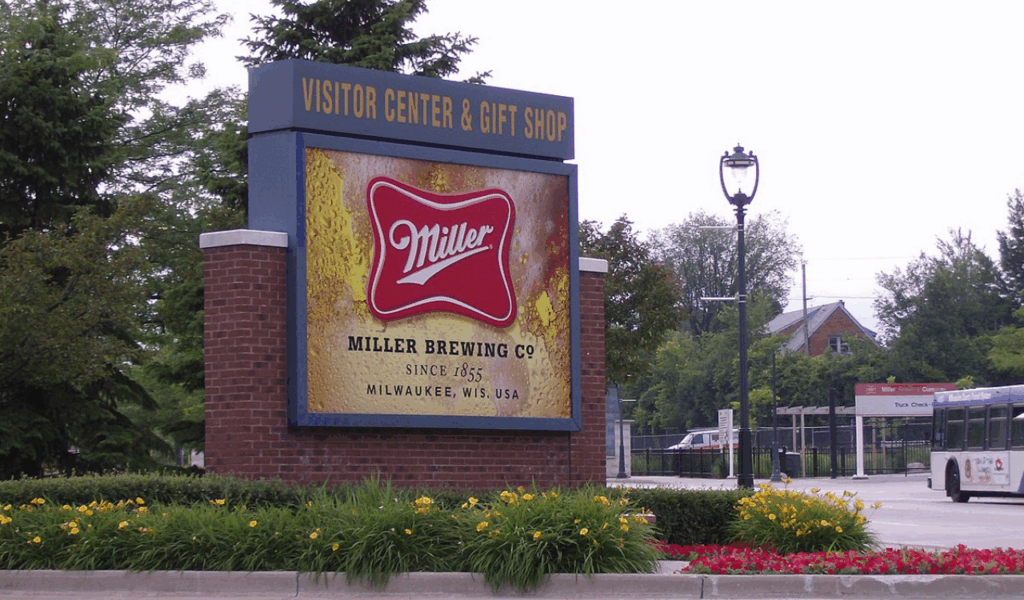
In the 2000s, Miller Chill was an attempt to appeal to consumers seeking a flavorful but lighter beverage that fell somewhere between a regular beer and a flavored malt. Miller Chill lost shelf space and promotional support as the beer market fragmented and many consumers shifted to craft, seltzers, or stronger beers. It eventually became a footnote in the early days of beer-light hybrid experiments when MillerCoors consolidated its lineup and discontinued it.
5. Olde English 800
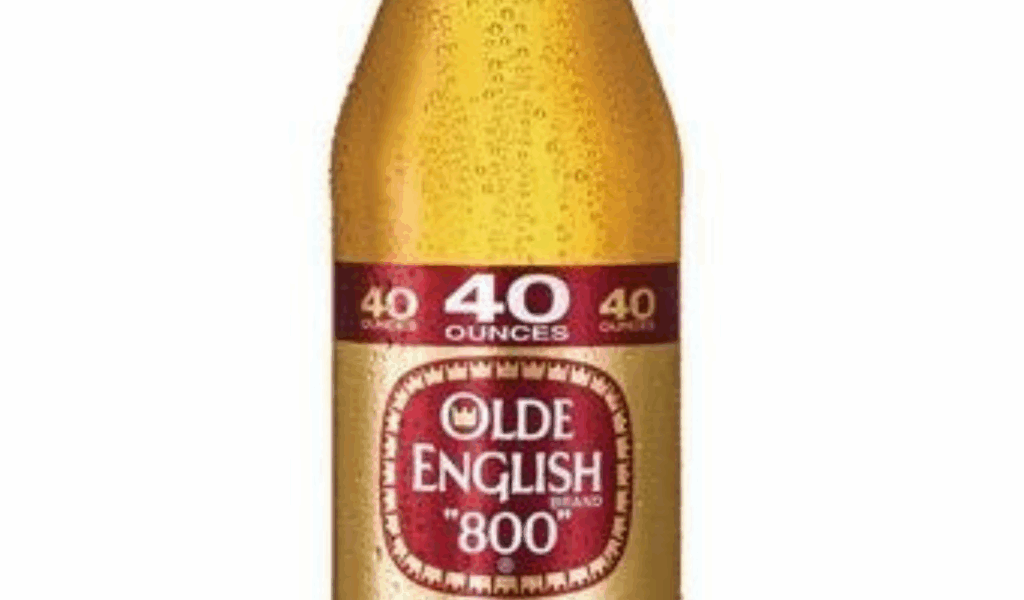
Olde English 800, a popular malt liquor brand in the United States, was first introduced in the 1960s. Malt liquors are typically found in a specialized market, and as regulations, consumer preferences, and business tactics changed over time, their prominence decreased. By the early 2020s, many markets had stopped carrying the iconic 8% variant, which had once been a signature style. Nowadays, aside from musical and urban cultural allusions, the majority of drinkers might not even be familiar with the name.
6. Kentucky Common (style)
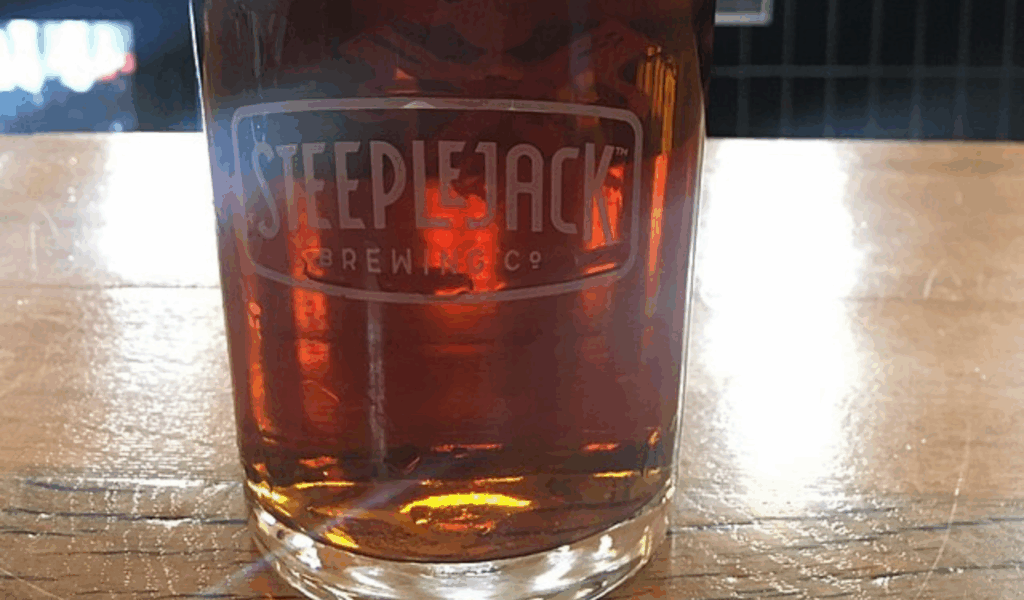
Before Prohibition, Kentucky Common, sometimes known as “dark cream common” or “common beer,” was a popular regional beer style in and around Louisville, though it wasn’t a single brand. It was fresh, brewed fast, and had a mild flavor that frequently combined malt and corn adjuncts. The style all but disappeared after Prohibition and the emergence of lager beer’s dominance. Although a few small breweries have brought the style back in recent years in small quantities, it is still uncommon rather than common.
7. Old Milwaukee (classic version)
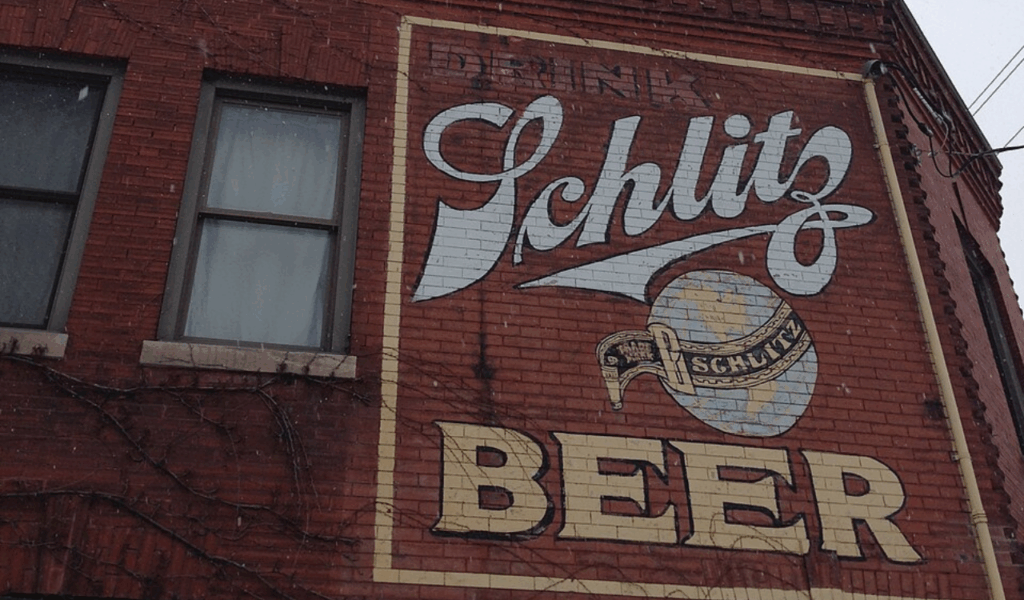
Particularly in the second half of the 20th century, Old Milwaukee was a widely available mass-market lager. Its recipe and branding have changed, been repositioned, or been combined with other segments over time in order to compete with macro lagers that have been trimmed down.Many beer drinkers no longer consider Old Milwaukee to be a “classic” in style; instead, it is more of a legacy brand name than a unique beer that people actively seek out, even though it is still available in some regional markets under modified formulations.
8. Falstaff Malt Liquor (or related spinoffs)
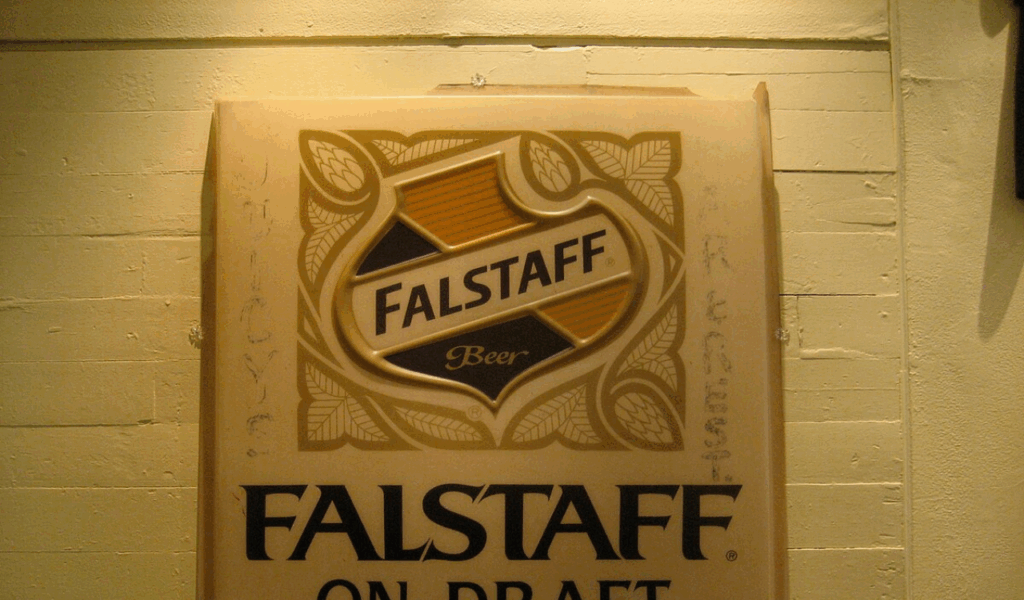
As breweries attempted to appeal to various markets, they offered malt liquor or higher gravity versions of the Falstaff brand in addition to the standard Falstaff lager. Its extensions were even more at risk as the main brand lost its hegemony. These spinoffs vanished from the shelves long before the main Falstaff brand did, fading more quickly than the flagship. These days, the majority of references to them come from collectors’ circles or old beer catalogs.
9. Natural Light (vintage formulation)
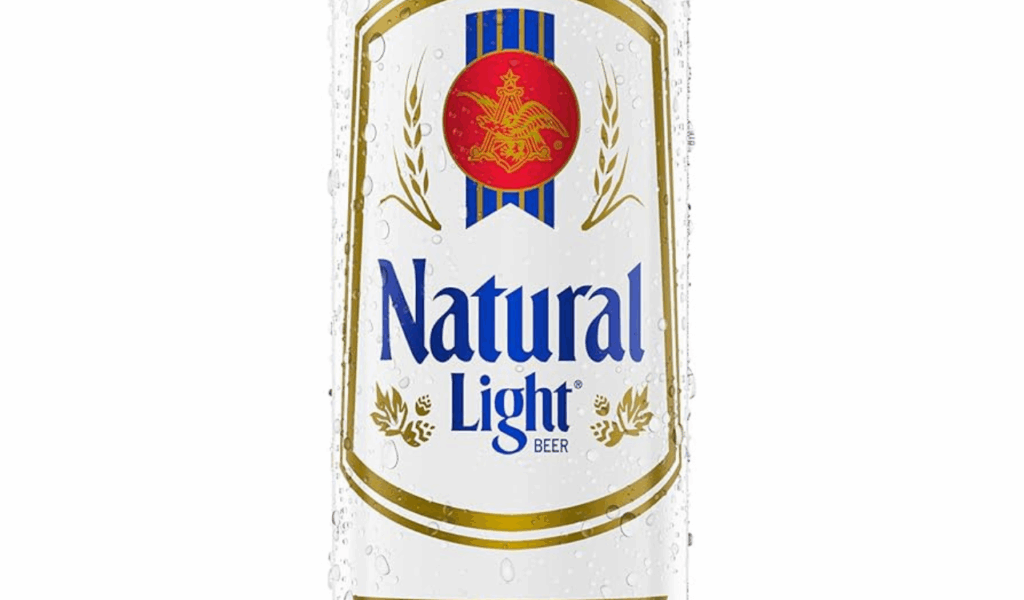
Although Natural Light, also known as “Natty Light,” is still produced, it is very different from the version that many older drinkers recall. The more diluted and cost-optimized version currently on the market has a less full malt character than earlier formulations. Despite the fact that the name is still used, many regular beer drinkers who prefer richer flavors no longer classify “Natty” in the same category as its vintage counterpart because the newer version is leaner. The vintage version, in many ways, is a beer Americans rarely order anymore.

